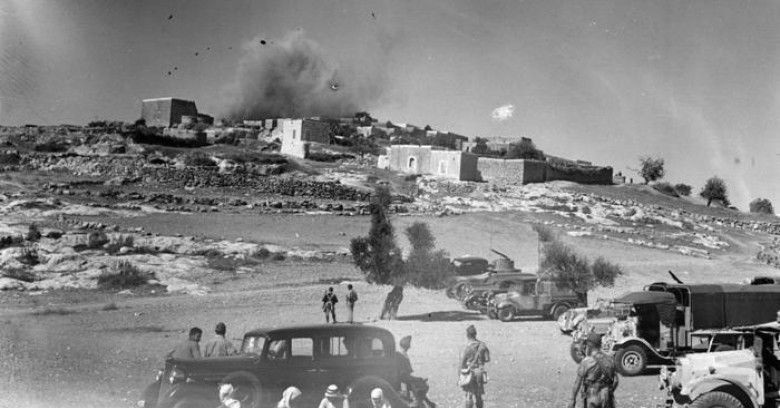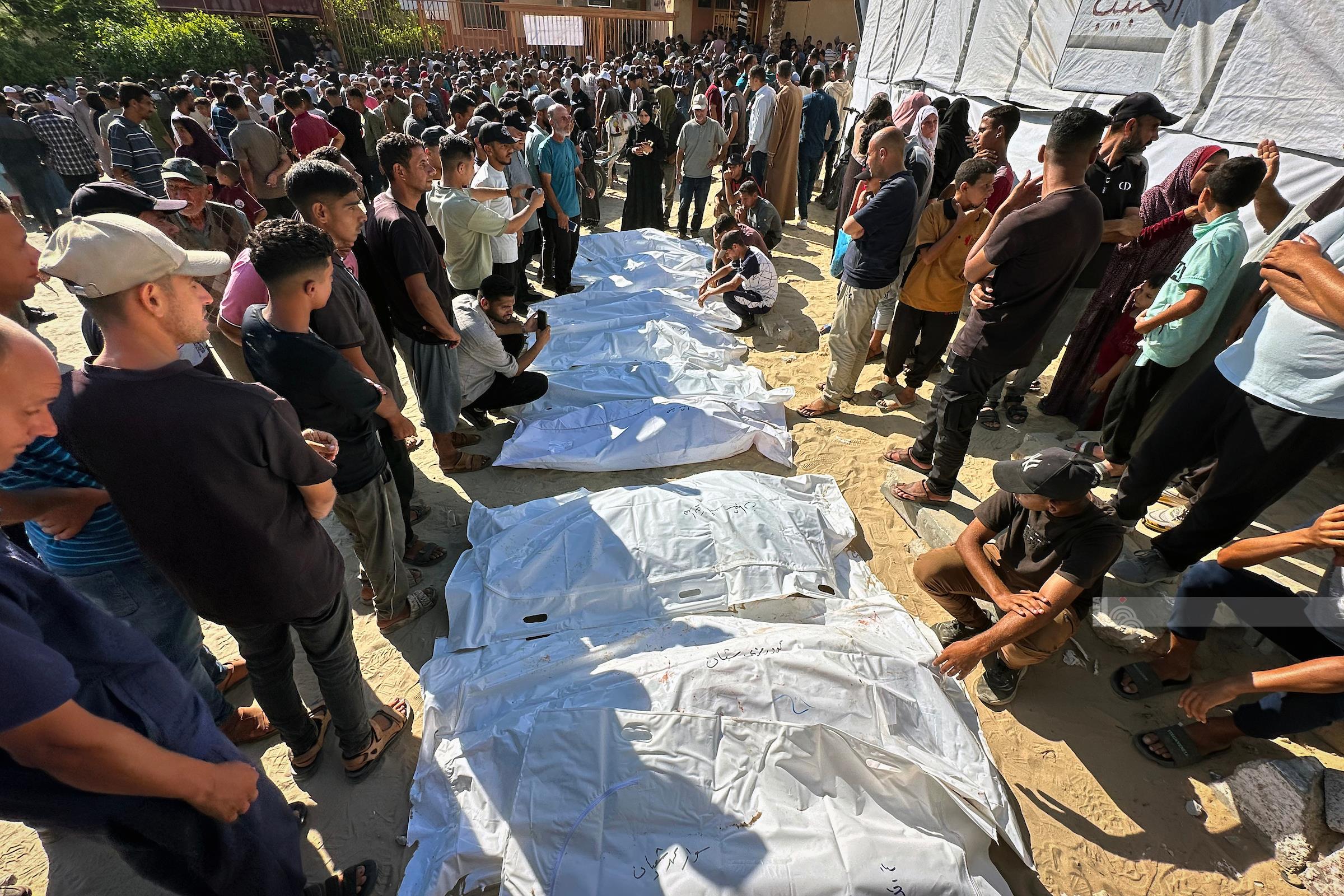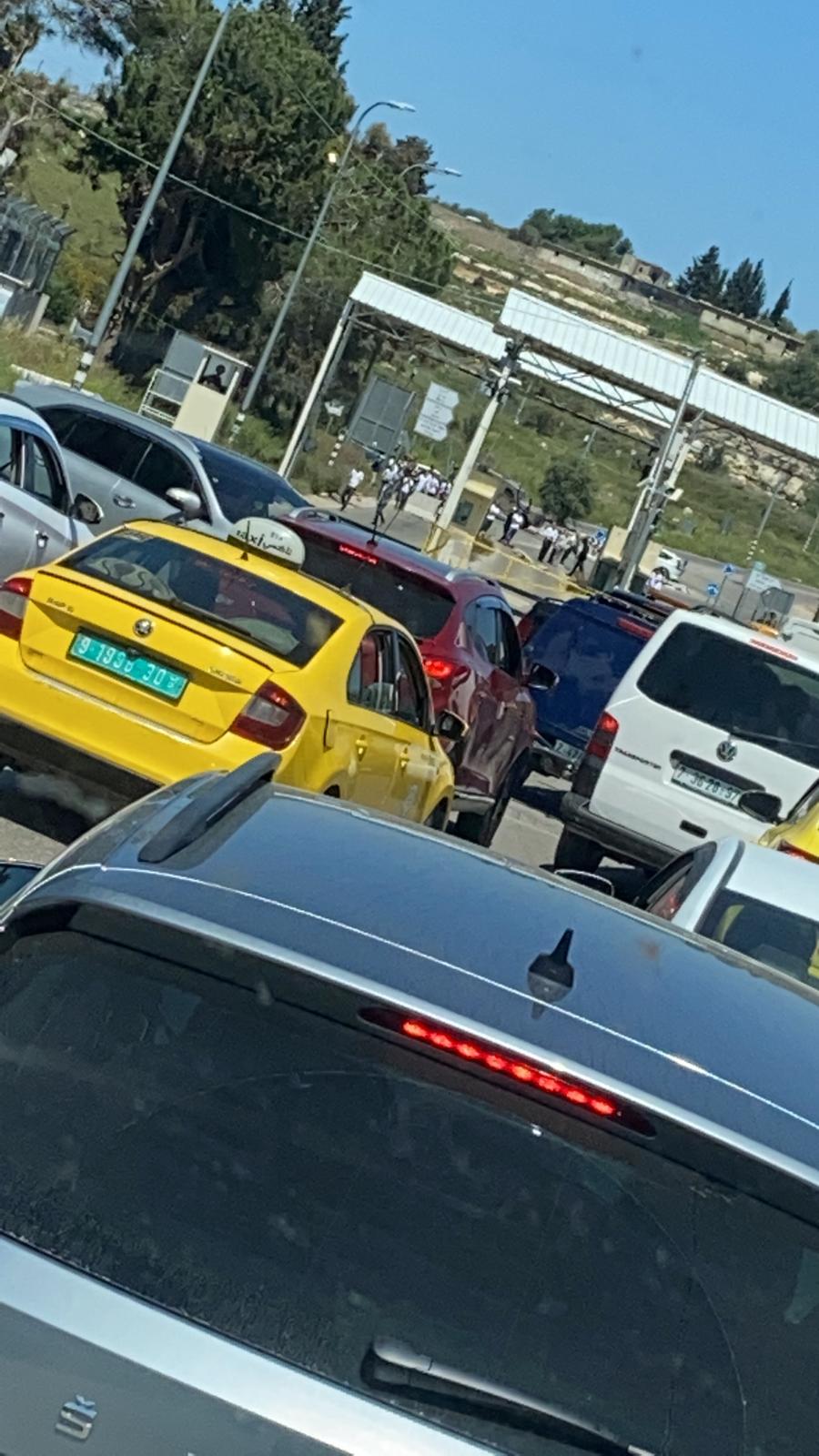JERUSALEM, July 16, 2011 (WAFA) - Israeli forces killed a Palestinian in Gaza and injured 37; six in Gaza and 31 in the West Bank, including East Jerusalem, in incidents during the week between July 6 and 12 (adding the casualties in July 13 and 14), said the weekly report of the United Nations Office for the Coordination of Humanitarian Affairs to the Occupied Palestinian Territories (OCHA).
On July 13 a Palestinian man, 22, was shot and killed by Israeli forces while they were conducting a search‐and‐arrest operation in Al Farʹa refugee camp (Tubas governorate).
On July 13 and 14, the Israeli Air Force launched air strikes targeting a number of workshops inside Gaza City and tunnels under the Gaza‐Egypt border, resulting in the injury of six Palestinians.
The report said that thus far in 2011, 882 Palestinians have been injured by Israeli forces, around half of them during protests. This is around 17 per cent more than the number of injuries reported during the equivalent period in 2010.
Twenty‐one Palestinians were injured during protests: three of the injuries were sustained in a demonstration at the Qalandiya checkpoint (controlling access into East Jerusalem) to mark the seventh anniversary of the Advisory Opinion of the International Court of Justice (ICJ) on the Barrier. In addition, 19 Palestinians were injured in three separate weekly protests against the expansion of Hallamish settlement and access restrictions to the village’s water springs in An Nabi Saleh village in the Ramallah governorate (11); against settler violence in ‘Iraq Burin village in the Nablus governorate (7) and against the isolation of Palestinian land by the Barrier in Al Ma’sara village in the Bethlehem governorate (1).
Also this week, seven people were injured during Israeli raids on the Al ‘Isawiya area of East Jerusalem, in Qarawat Bani Zeid in the Ramallah governorate and in Beit Ummar and Ad Dhahiriya towns in the Hebron governorate. Overall this week, Israeli forces conducted over 80 search‐and‐arrest operations throughout the West Bank, including in East Jerusalem, a decline compared to the weekly average of such operations since the beginning of 2011 (around 90).
Regarding the Settlers’ violence, which declined during the reporting period, OCHA documented one settler attack that resulted in damage to Palestinian property, compared to a weekly average of eight settler‐related incidents that led to Palestinian injuries and damage to property since the beginning of the year. This week also, a settler on a motorcycle hit a 14 year‐old Palestinian boy injuring him, bringing the total number of Palestinians injured in such incidents since the beginning of 2011 to 13, including 11 children.
In ‘Asira al Qibliya village in the Nablus governorate, Israeli settlers stoned Palestinian workers while they were installing a water network that will serve ‘Asira al Qibliya and another two nearby villages. As a result, a hydraulic excavator on the site sustained some damage. The Israeli police intervened and removed the settlers and ordered the workers to coordinate their access to the area with the Israeli DCL before they resume works, despite having a work license from the Palestinian Water Authority.
Area C demolitions continue this week. The Israeli authorities demolished ten Palestinian‐owned structures in Area C of the West Bank, due to lack of Israeli‐issued building permits. In the village of An Nassariya (Nablus), the
Israeli authorities demolished three wells and confiscated supporting infrastructure. As a result, some 110 farming families (660 members) who use the water to irrigate some 1,800 dunums of agricultural land, as well as occasional domestic use, have been affected.
An additional incident occurred in Al Khalayleh (Jerusalem governorate), a community located in the closed area behind the Barrier, where the Israeli Civil Administration demolished seven livelihood structures, mainly including a minimarket, a carpentry workshop, a shop, and a parking lot. These demolitions affected six families comprising 95 people, over half of them children. Also in the Jerusalem area, a Palestinian was forced to demolish a 450‐square‐meter chicken hut, built without a permit in ‘Anata village, following a court decision to that effect, issued in late June. The rest of the farmʹs structures are also under the threat of demolition. The farm is the main source of income for a family comprising six people, including three children.
Since the beginning of 2011, 364 Palestinian‐owned structures have been demolished in East Jerusalem and Area C, displacing 705 people. This represents more than three times the number of demolitions compared to the equivalent period in 2010. More people have been displaced thus far in 2011 than in all of 2010 (606).
Israeli forces injured two Palestinians in two separate incidents inside the Gaza Strip. An Israeli soldier was also injured. The recent developments began last week, after four weeks of calm inside the Gaza Strip, during which no injuries were reported. Since the beginning of 2011, 53 Palestinians (22 civilians) and two Israelis (one civilian) have been killed in the context of Israeli‐Palestinian violence in the Gaza Strip and southern Israel, and 287 Palestinians (257 civilians), and 11 Israelis (five civilians) have been injured. A total of 35 Palestinians were killed and 136 others were injured in the same period in 2010.
In one incident, a woman who suffers from a psychological disorder was injured when Israeli forces, positioned at the fence separating the Gaza Strip and Israel, opened fire towards her while she was wandering near the fence in the Beit Lahiya area. Despite the calm observed in previous weeks, Israeli restrictions on Palestinian access to areas up to 1,500 meters from the fence continue to undermine the livelihoods of thousands of Palestinians. Also, on two occasions, Israeli tanks and bulldozers launched incursions some 300 meters inside Gaza and withdrew after conducting land leveling operations. According to Israeli sources, one Israeli soldier was injured on 7 July by an explosive device while conducting an incursion inside Gaza, east of Khan Younis.
Access restrictions also continue to be enforced on fishing zones beyond three nautical miles from the shore. In one incident, Israeli naval forces opened fire at Palestinian fishermen, forcing them ashore. No injuries or damage to boats were reported. Protection of Civilians: 6 - 12 July 2011 3 UN OCHA OPT On 10 July, the Israeli Air Force launched an air strike targeting a warehouse belonging to the Gaza municipality, east of Gaza City. As a result, a man was injured and the warehouse, a nearby factory and four houses sustained damage. Also this week, Palestinian armed factions fired several rockets, three of which landed in an open field in southern Israel and the rest dropped short inside Gaza.
Movement through Rafah Crossing remains limited; during the reporting period, a daily average of 550 people left Gaza to Egypt and another 610 entered Gaza per day, with a total of 92 people denied entry to Egypt for unclear reasons. Passing into Egypt through the crossing remains limited to specific categories of people, including patients, students, foreign passport holders and those with visas to other countries.
During the week, the Gaza Power Plant authority announced that the third power‐generating turbine will continue operating throughout the coming two months (including in August for Ramadan). The turbine has been functioning since late May during the Tawjihi period (final school exam). Electricity production now reaches up to 80 megawatts (MW), with power cuts reaching between five to six hours a day, up from four hours in the previous weeks, due to high temperature and the resultant increase in demand on electricity (due to the increase use of air conditioners and water pumps, among others). According to the Gaza Electricity Distribution Company, the current demand for electricity in the Gaza Strip reaches up to 300 MW, around 70 per cent of which is covered. The total provision of electricity throughout the Gaza Strip is 217 MW, including electricity purchased from Israel (120 MW) and Egypt (17 MW) and produced by the GPP (80 MW). Also, on 11 July, one of the Israeli electricity lines that feed Gaza City malfunctioned, resulting in electricity blackouts up to eight hours per day. However, the line was fixed by the end of the reporting period.
F.R.











